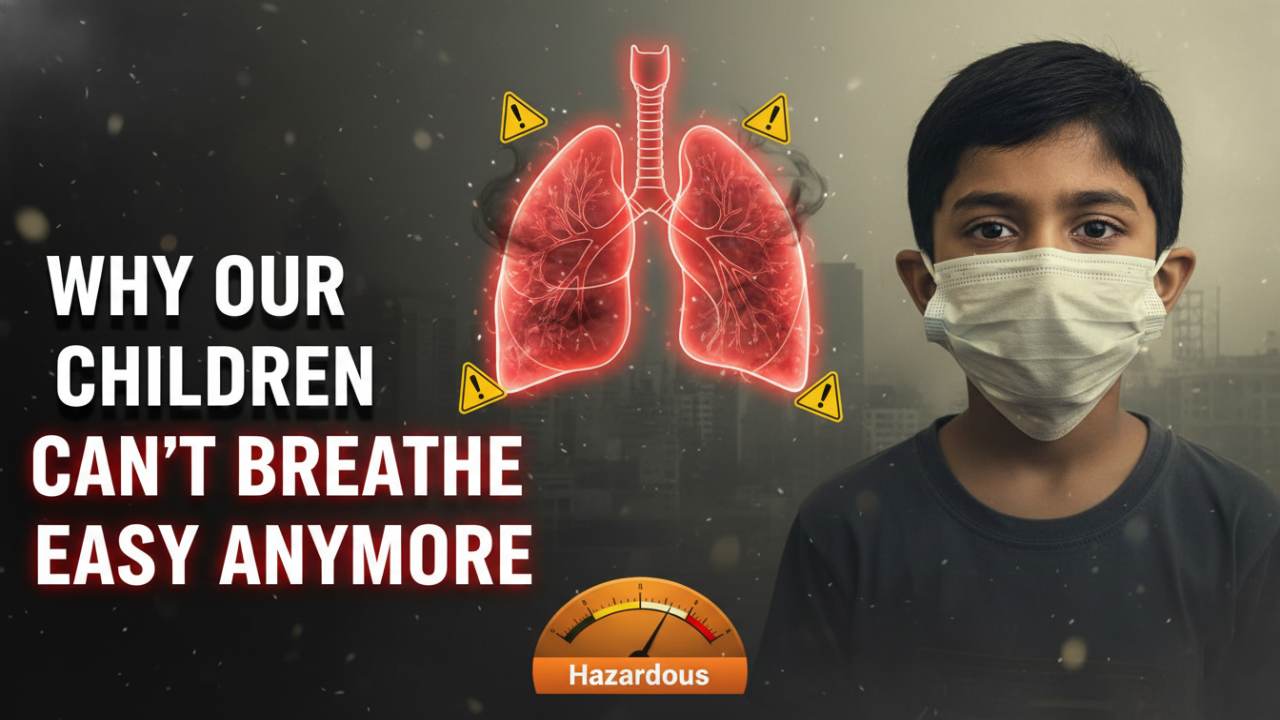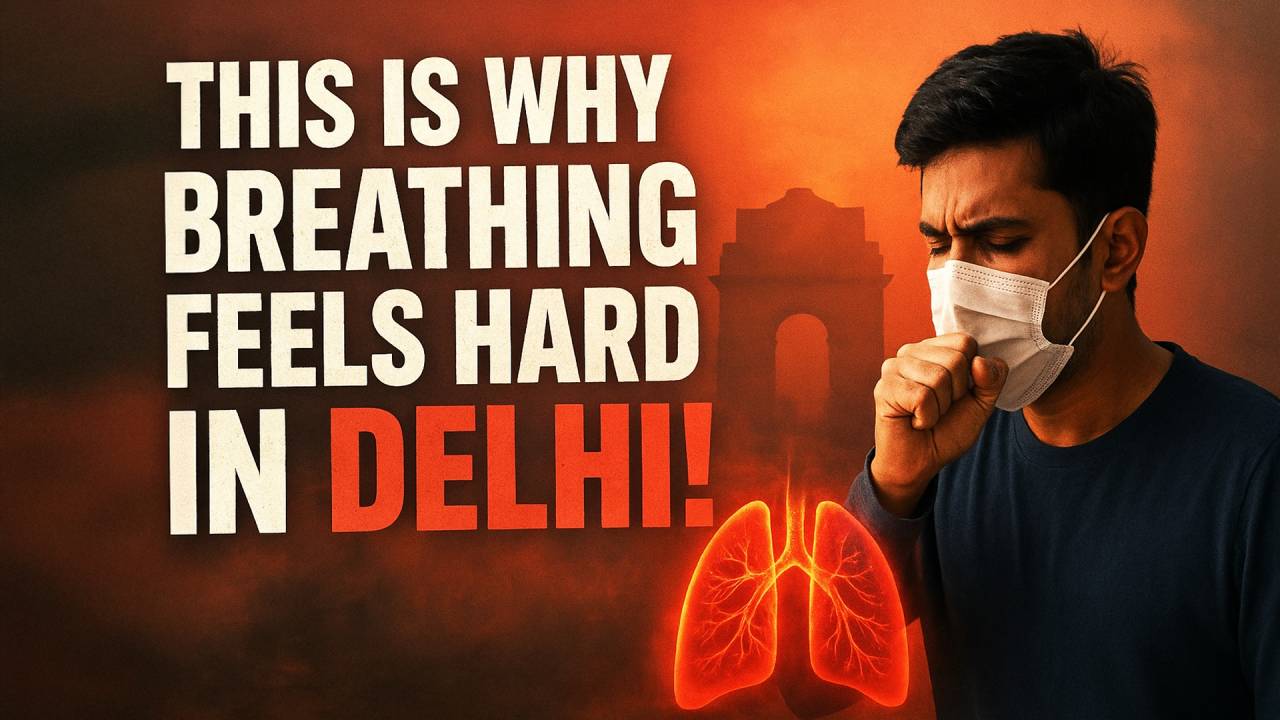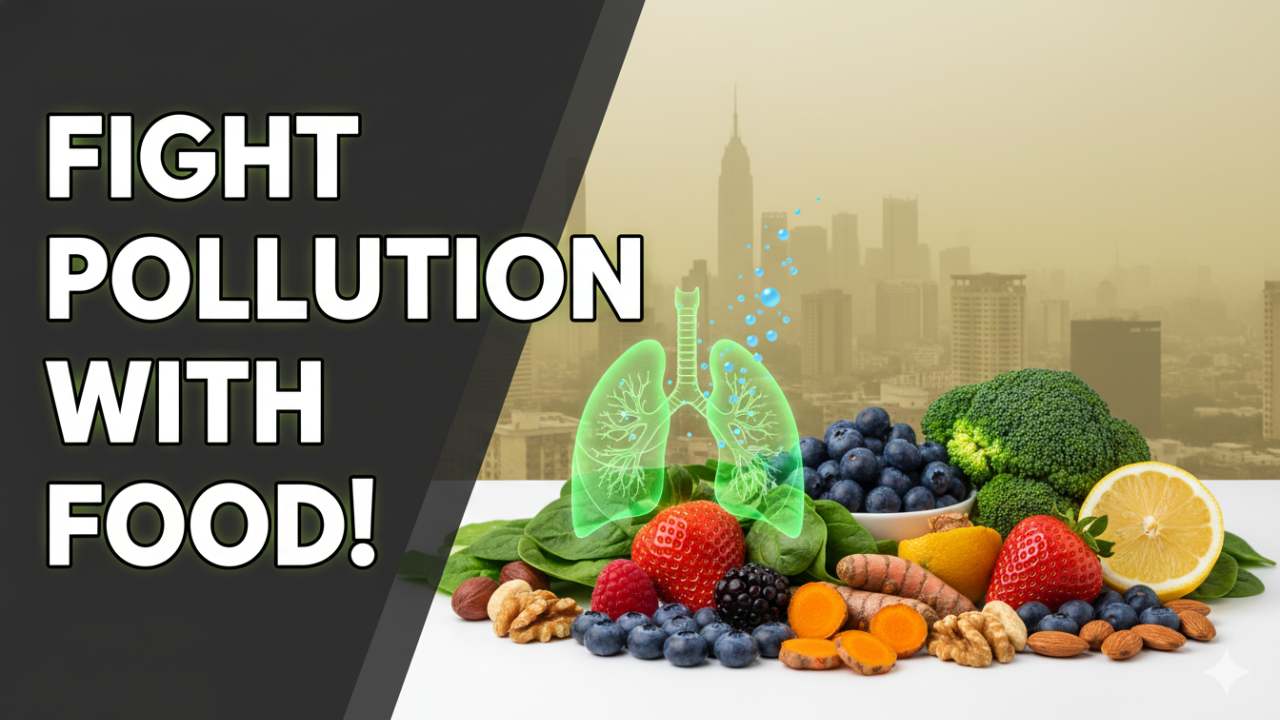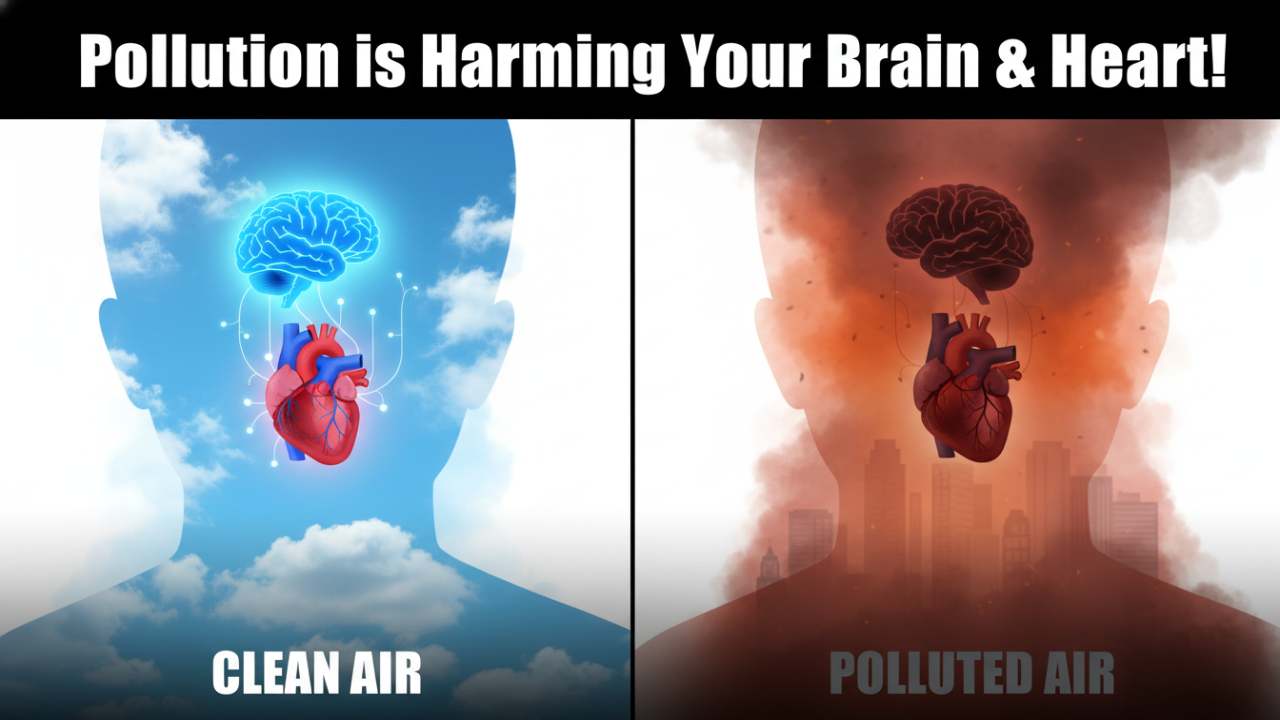Monsoon Skin Woes: Most Common Issues and How to Prevent Them
Verified By Dr. D.K. Sharma | 05-Jul-2025
After months of sweltering temperatures, the arrival of monsoon brings much-needed respite.However, along with pleasant showers and cooler temperatures, it also creates the perfect environment for a host of skin-related problems. Increased humidity, water exposure, and damp clothes can cause the skin’s natural barrier to weaken, leading to fungal infections, acne, and more.
According to Dr. D.K. Sharma, Sr. Consultant Dermatologist at Kailash Hospital, "During monsoon, we see a spike in patients visiting with complaints like itching, rashes, boils, and flare-ups of pre-existing skin conditions. Most of these are preventable with the right skincare practices."
Tabke of Content
The skin’s outer layer functions as a barrier to keep out harmful microbes and irritants. During monsoon, the combination of high humidity, sweat, and exposure to grounded rainwater weakens this barrier. When your skin remains damp or sweaty for long periods, it becomes a perfect host for bacteria, fungi, and allergens.
Additionally, crowded public transport, shared spaces, and synthetic clothing further worsen the risk of infection.
1. Fungal Infections
Fungal infections are the most common skin complaints during the rainy season. Areas that stay moist—like underarms, groin, feet, and folds of skin—are especially vulnerable.
These infections appear as itchy, red, scaly patches, often circular in shape, and may spread rapidly if untreated.
Prevention Tips:
- Keep skin dry, especially after bathing or getting caught in the rain.
- Use antifungal powders in areas prone to sweating.
- Wear cotton undergarments and loose, breathable clothing.
- Change into dry clothes promptly after getting wet.
2. Acne and Pimples
Humidity and heat lead to increased oil (sebum) production, which clogs pores and causes acne breakouts. If you already have oily skin, monsoon can make things worse. Grounded rainwater can further irritate your skin.
Prevention Tips:
- Cleanse your face twice daily using a mild, oil-free face wash.
- Avoid heavy creams or oily makeup products.
- Blot excess oil with tissue or blotting paper during the day.
- Use non-comedogenic moisturizers and sunscreen even on cloudy days.
Also read: Beat the Heat with the Ultimate Skin Care Treat
3. Eczema and Atopic Dermatitis
For those with sensitive skin, monsoon can trigger flare-ups of conditions like eczema and dermatitis. The skin lose its natural oils, leading to dryness, itching, and inflammation.
This is especially common in children, the elderly, or people with a history of allergies.
Prevention Tips:
- Avoid long hot showers or using strong soaps.
- Apply a fragrance-free, hydrating moisturizer twice daily.
- Wear soft cotton fabrics.
- Use hypoallergenic laundry detergents to wash clothes and bedding.
4. Folliculitis and Boils
Folliculitis occurs when hair follicles become inflamed due to infection, often by bacteria. It presents as small, red, pus-filled bumps, which can become painful. Sitting for long hours in damp clothes, poor hygiene, or Rough shaving during the monsoon can cause this issue.
Prevention Tips:
- Avoid tight, synthetic clothing that traps sweat.
- Dry yourself thoroughly after getting wet.
- Use an antibacterial body wash or soap if prone to boils.
- Don’t squeeze or pick at pimples or boils.
5. Contact Dermatitis and Skin Allergies
Monsoon brings exposure to various allergens—synthetic rainwear, insect bites, polluted water, and chemical-laced rain gear can cause redness, itching, and rashes.
People with sensitive skin are especially vulnerable to contact dermatitis, a condition where the skin reacts to irritants or allergens.
Prevention Tips:
- Avoid prolonged contact with wet or synthetic fabrics.
- Choose rain gear with skin-friendly, breathable materials.
- Apply soothing calamine lotion or prescribed antihistamines if allergies flare up.
- Wash rain-exposed skin promptly after reaching home.
6. Foot Infections and Athlete’s Foot
Your feet are especially prone to fungal infections, given the common habit of walking through puddles, dirty water, or wearing damp socks. Athlete’s foot is a fungal infection that affects the toes and soles, leading to itching, cracking, and scaling.
Prevention Tips:
- Keep feet dry and change socks daily.
- Avoid closed shoes if they’re wet from the rain.
- Use antifungal foot powders.
- Disinfect footwear regularly and dry shoes thoroughly before use.
Also read: Infertility in Men and Women: Common Causes and Risk Factors in India
7. Hyperpigmentation and Uneven Skin Tone
While it might seem counterintuitive, sun exposure during cloudy days still causes skin damage. This, combined with pollution and inflammation from acne or rashes, can lead to dark spots and uneven skin tone.
Prevention Tips:
- Use a broad-spectrum SPF 30+ sunscreen, even on cloudy days.
- Avoid scrubbing or bleaching products during flare-ups.
- Include antioxidants like Vitamin C in your skincare routine.
8. Scalp Issues: Dandruff and Itchy Scalp
Humidity also affects your scalp, making it prone to dandruff, fungal infections, and excessive hair fall. Wet hair that isn’t dried properly becomes a breeding ground for scalp-related problems.
Prevention Tips:
- Wash your hair 2–3 times a week with a mild anti-dandruff shampoo.
- Avoid tying up wet hair or using others’ combs.
- Dry your scalp thoroughly after getting caught in the rain.
Do’s
- Shower immediately after being out in the rain.
- Keep a travel-size towel or tissues in your bag to blot sweat.
- Stay hydrated to support your skin from within.
- Use lightweight moisturizers that don’t clog pores.
- Eat a balanced diet with antioxidants to promote skin healing.
Don’ts
- Don’t wear wet or tight clothing for long durations.
- Don’t self-medicate skin infections or use OTC creams blindly.
- Avoid scrubbing irritated skin or using harsh cleansers.
- Don’t ignore persistent rashes or itching—consult a specialist.
You should seek medical attention if:
- A rash or itch lasts more than a week.
- There are signs of infection—pus, pain, or fever.
- You experience frequent acne breakouts or pigmentation issues.
- Home remedies and OTC products show no improvement.
As Dr. D.K. Sharma emphasizes, “Monsoon skin issues are mostly preventable, but timely intervention is key. Patients often worsen their condition by ignoring the early signs or using inappropriate products. Don’t guess—get a proper diagnosis and treatment plan from a qualified dermatologist.”
Also read: Expert Solutions to Combat Weakness and Shaking During Your Period
While the monsoon refreshes the environment, it can wreak havoc on your skin if you’re not careful. From fungal infections to acne and allergies, the challenges are real—but manageable.
Proper hygiene, smart skincare choices, and timely consultation can help you breeze through the season with clear, healthy skin. Stay mindful of your skin’s needs and give it the care it deserves—even in the rain.
Schedule an appointment with Dr. D.K. Sharma, Sr. Consultant Dermatologist at Kailash Hospital, for personalized diagnosis and care.
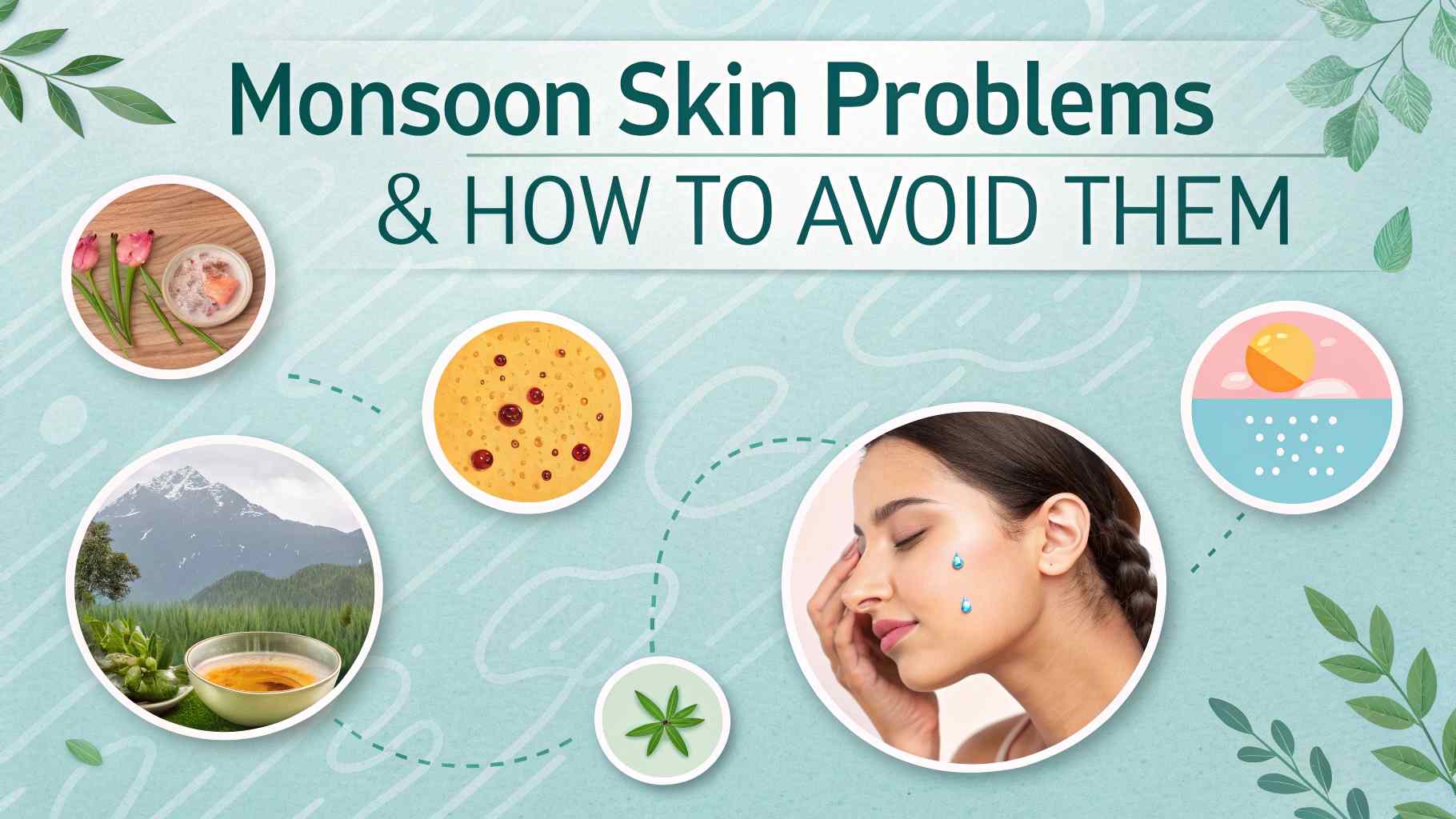


 +91-9711918451
+91-9711918451
 international.marketing@kailashhealthcare.com
international.marketing@kailashhealthcare.com


